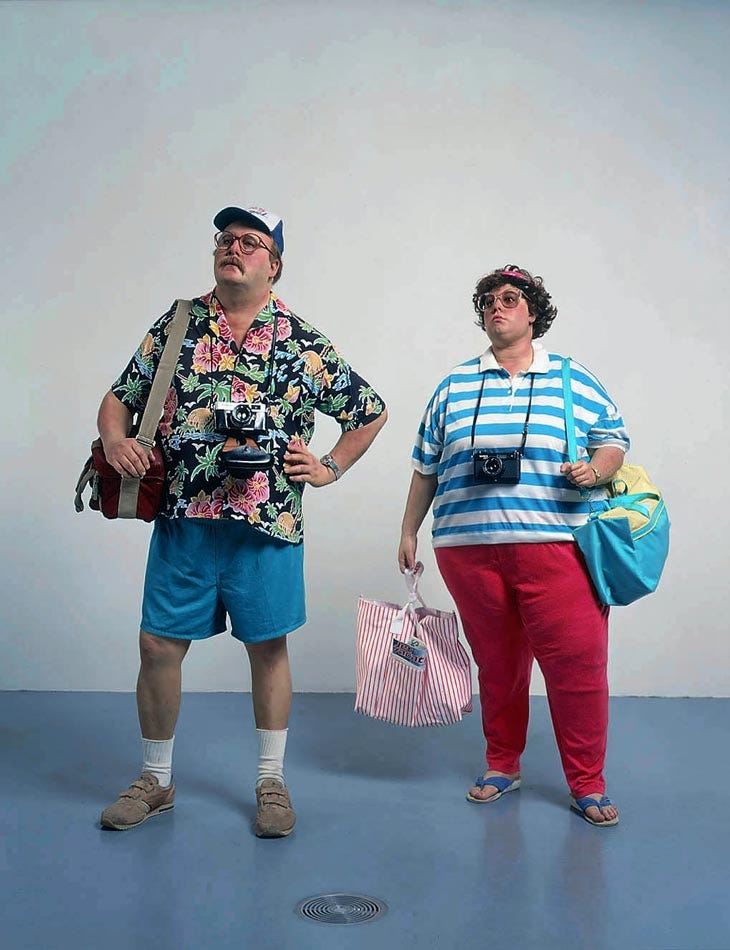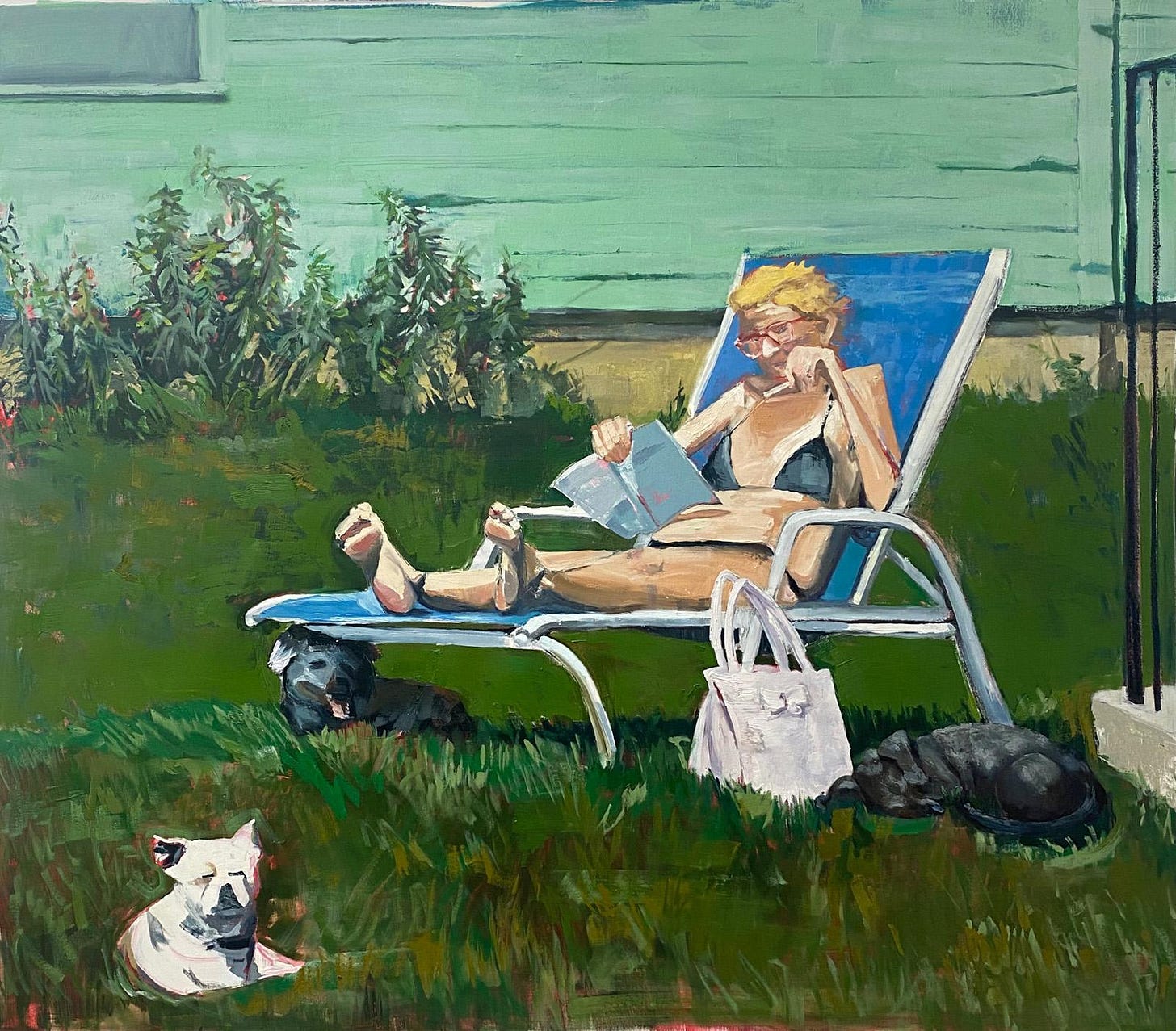I don’t have the source but I’ve heard it said that when a chimp gets killed by a snake, half of the surviving chimps run away and the other half stand and stare. Artists are those open-mouthed kids in the grocery store whose mothers chide them to stop staring. Stop pointing. Artists so often cannot look away.
The Star Market By Marie Howe The people Jesus loved were shopping at The Star Market yesterday. An old lead-colored man standing next to me at the checkout breathed so heavily I had to step back a few steps. Even after his bags were packed he still stood, breathing hard and hawking [sic] into his hand. The feeble, the lame, I could hardly look at them: shuffling through the aisles, they smelled of decay, as if The Star Market had declared a day off for the able-bodied, and I had wandered in with the rest of them: sour milk, bad meat: looking for cereal and spring water. Jesus must have been a saint, I said to myself, looking for my lost car in the parking lot later, stumbling among the people who would have been lowered into rooms by ropes, who would have crept out of caves or crawled from the corners of public baths on their hands and knees begging for mercy. If I touch only the hem of his garment, one woman thought, I will be healed. Could I bear the look on his face when he wheels around?
We humans are a special sort of creature. Another quote I’ve held onto but again can’t find the original source for goes something like this: Every predator has his den and if you go down into that darkness you find it immaculate. Human’s have their dark dens and they are always filthy.
The ultra-realistic sculptures of Duane Hanson come to mind:
Tourists II, 1988
by Duane Hanson
Man on a Bench, 1997
Usually it is only are our loved ones who we get to see up-close. The crows feet, liver spots, scars, and quirks. With these sculptures you can see the decay realistically captured by Hanson.
But, like the poem, there is something tender there as well. The time it takes to see and observe a person, the staring that the artist sneaks in fits and starts, comes from a curiosity that often is a form of loving.
Like my friend Laurel Dugan’s love of characters in the most mundane environments:
The Roman’s had a term for works of art that did not idealize features like our modern plastic surgeons do: “warts and all”. It takes a special gaze to not shy away from the warts. The kind of gaze that looks on the leapers or the bloody mounds on the side of a road who need a physician. A care to see the un-extra-ordinary. A charity to spend the time it takes to sculpt or paint or write a poem about the people most of us try to forget.





